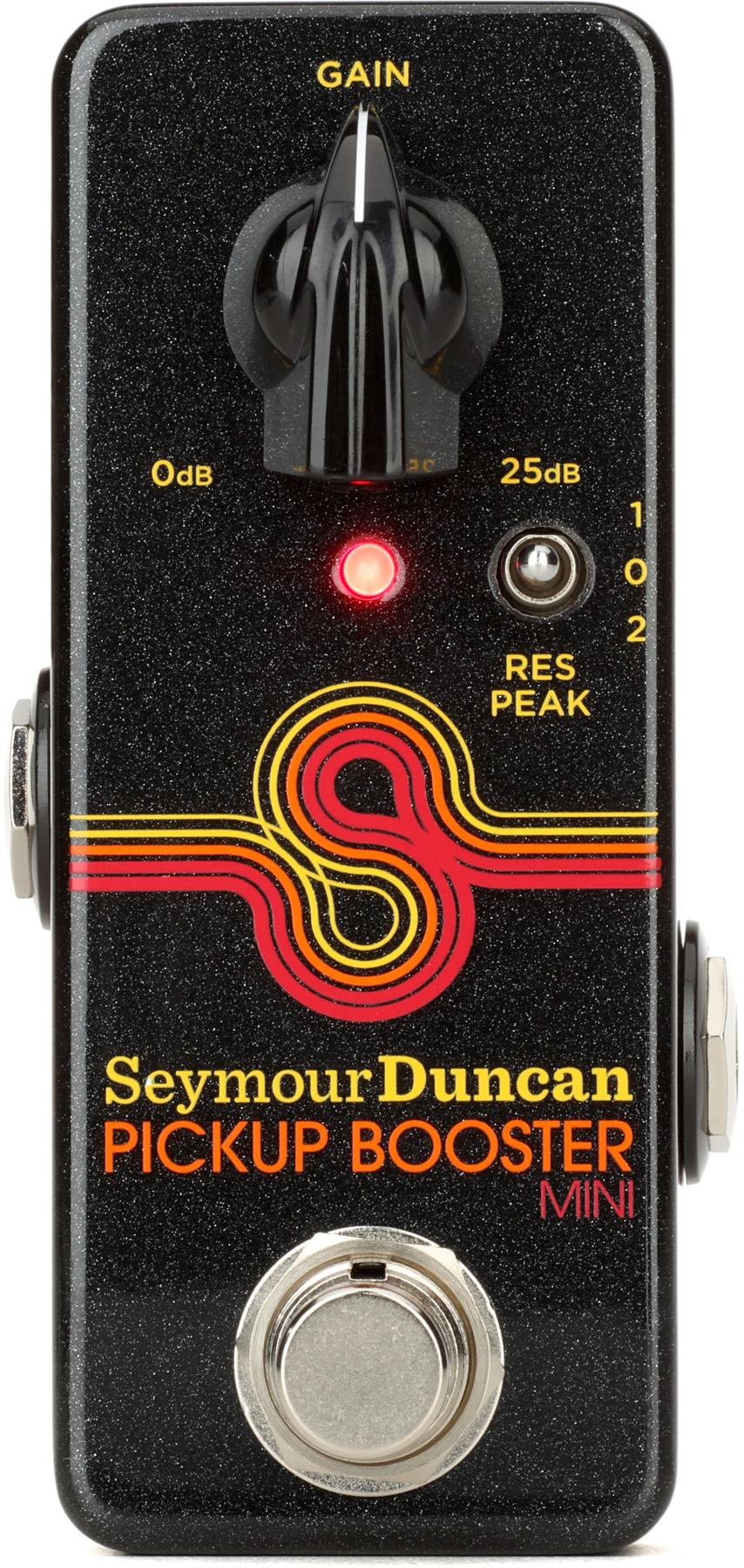 Some pickups are “hotter” than others. But what does this mean? Does it mean that these pickups will push an amplifier harder, resulting in more gain and volume? Yes. Does it mean that these pickups will impart a warmer, fuller tone? Generally, yes. But why is this? And how do you make a pickup hotter? And how does DC resistance correlate to “hotness” or output?
Some pickups are “hotter” than others. But what does this mean? Does it mean that these pickups will push an amplifier harder, resulting in more gain and volume? Yes. Does it mean that these pickups will impart a warmer, fuller tone? Generally, yes. But why is this? And how do you make a pickup hotter? And how does DC resistance correlate to “hotness” or output? Let’s consider again how a pickup “picks up” the string vibration and how this is turned into something musical.
Pickups use coils of wire and magnets as their core components. The ferrous guitar strings pass through the magnetic field that exists above the pickup, and as the strings vibrate, they move the magnetic field, while the coil(s) remains stationary. This movement of the magnetic field relative to the stationary coil induces voltage, which is sent to the amp.
If you were to make a device wherein the mobility of the two components was reversed—that is, where the coil moved relative to a stationary magnetic field— then this device would also induce voltage (and would be called a generator).
The voltage that’s generated by a pickup is measured in millivolts, and you can increase its strength in several ways:
- Increase the strength of the magnetic field
- Increase the size of the coil by adding more wire wraps to it
- Increase the force with which the string is excited (pluck it harder)
- Increase the content of magnetic material in the strings
- Increase the mass of the strings
Similarly, if we increase the strength of the pickup’s magnetic field, all other things remaining equal, we’ll get a higher voltage. And if we add more turns of magnet wire onto the coil, we’ll get a higher voltage. In either case, this higher input voltage will drive the amplifier harder, resulting in more gain, and more volume.
There is also a tonal change. As the voltage increases—and again, all other things remaining equal—we’ll see more mids and less highs, at least up to a point.
Fender and Gibson are really the two makers who defined what now constitutes 90 percent or more of the pickup market. In the early days of the electric guitar, many designs were tried, as is usually the case with new technologies. But Fender and Gibson came up with enduring form factors: the PAF humbucker, the P-90, the Strat pickup, and the Tele pickup. The majority of guitars currently in production use one or more of these, and the overwhelming majority of replacement pickups being produced derive their form factor and basic architecture from these five designs.
There have been many other influential designs, of course, such as the Gretsch FilterTron (and its DeArmond predecessors), as well as other pickups from Fender and Gibson, such as the Jaguar and Jazzmaster pickups. And of course there are very popular bass pickup designs, such as Fender’s Precision Bass and Jazz Bass pickups, as well as various soapbar designs. But when we exclude bass guitars from the discussion, the five designs listed above really define the market.
But because these five pickups all have a different form factor and construction details, they vary considerably. The statement “all other things remaining equal” certainly doesn’t apply here.
So, let’s look at each in detail. We’ll start next month!
George Ellison
Founder, Acme Guitar Works
acmeguitarworks.com
george@acmeguitarworks.com
772-770-1919





















